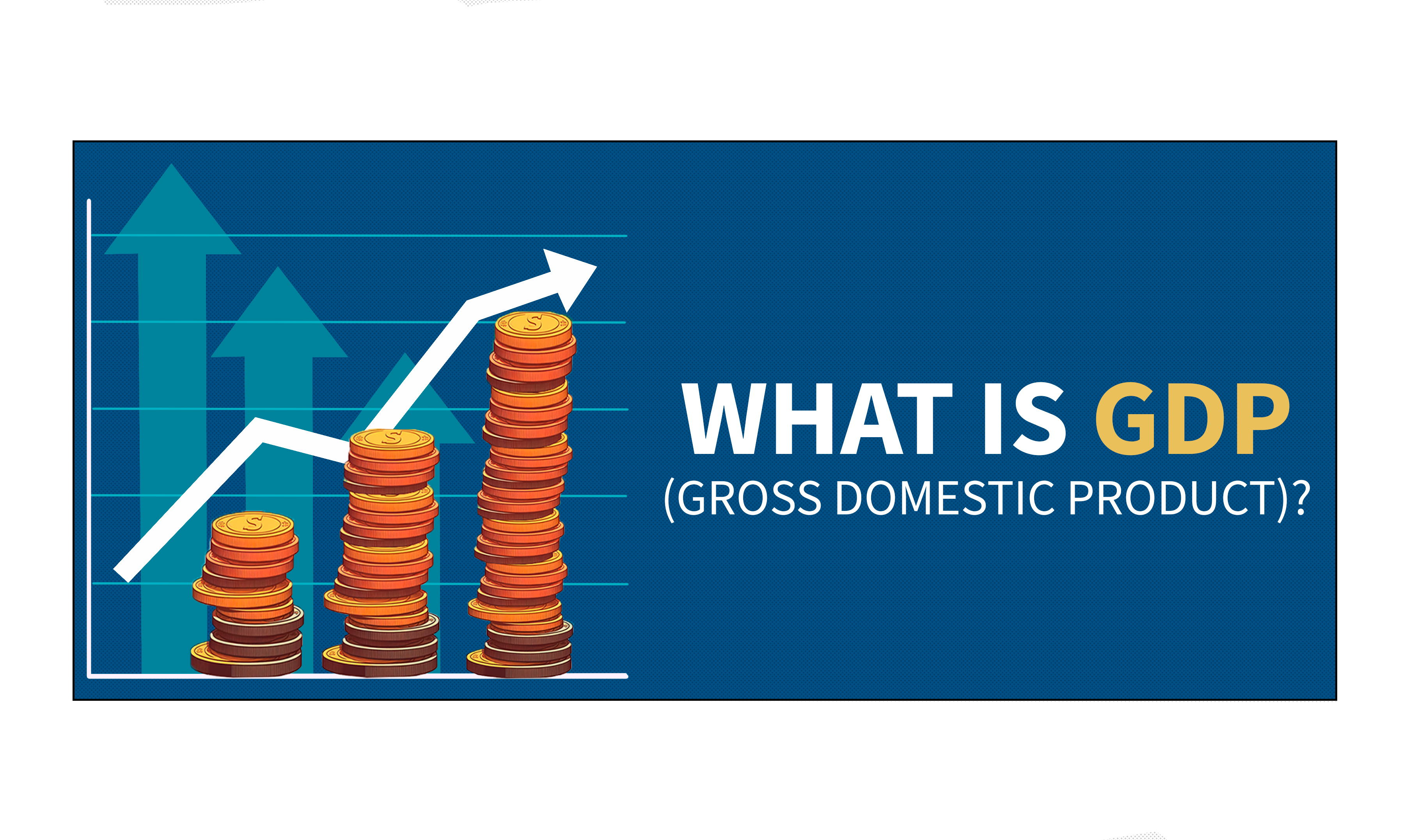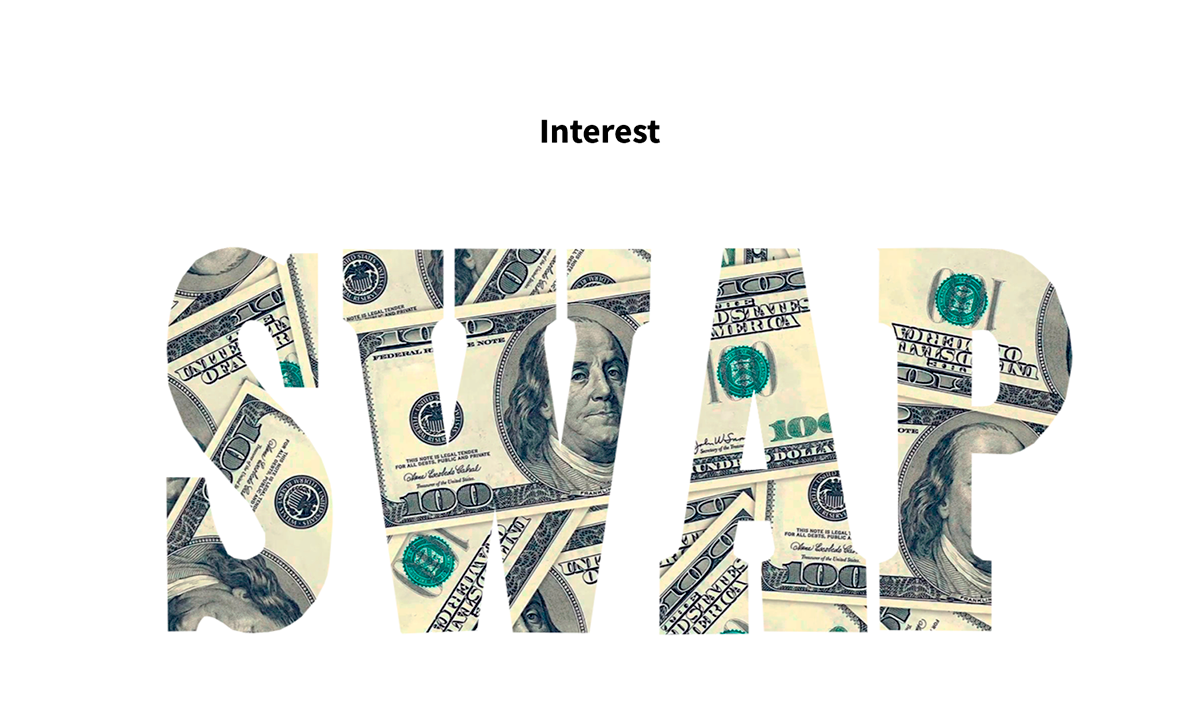Analysts use economic indicators, which are pieces of financial information, to evaluate existing or potential investment opportunities. These indicators are usually on a macroeconomic scale and can be used to assess a country's economy.
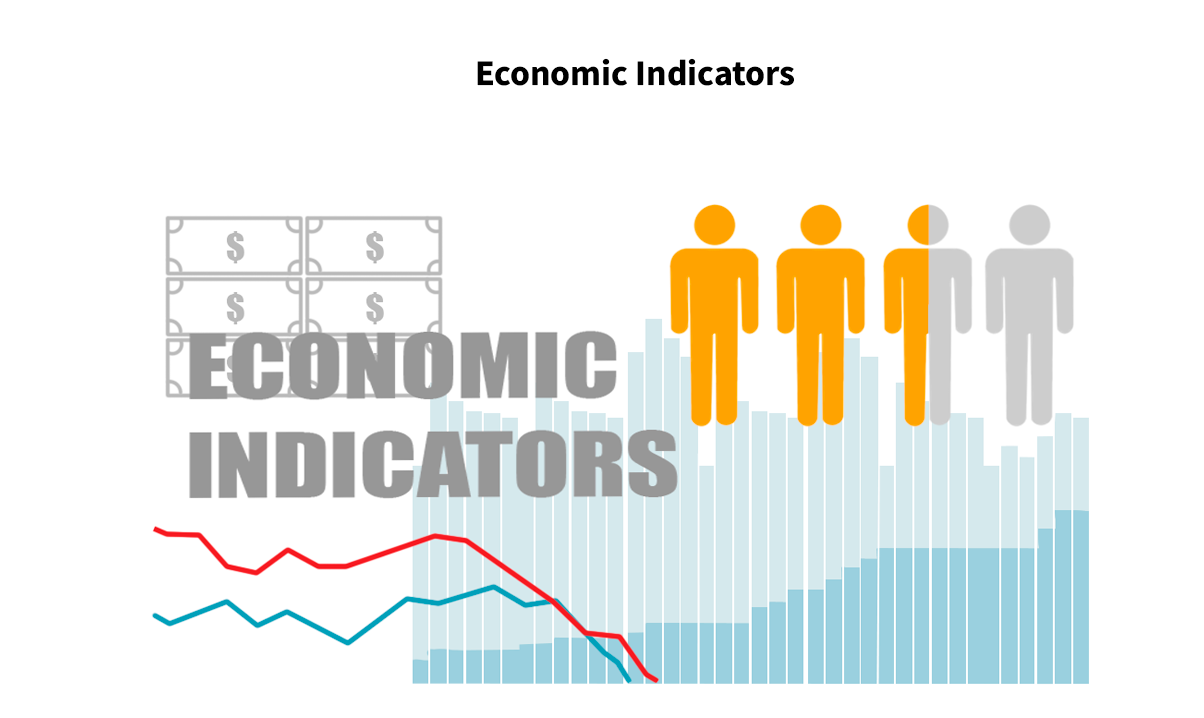
Consider economic indicators as puzzle parts. They provide you with precise information and work together to give you a complete picture of reality.
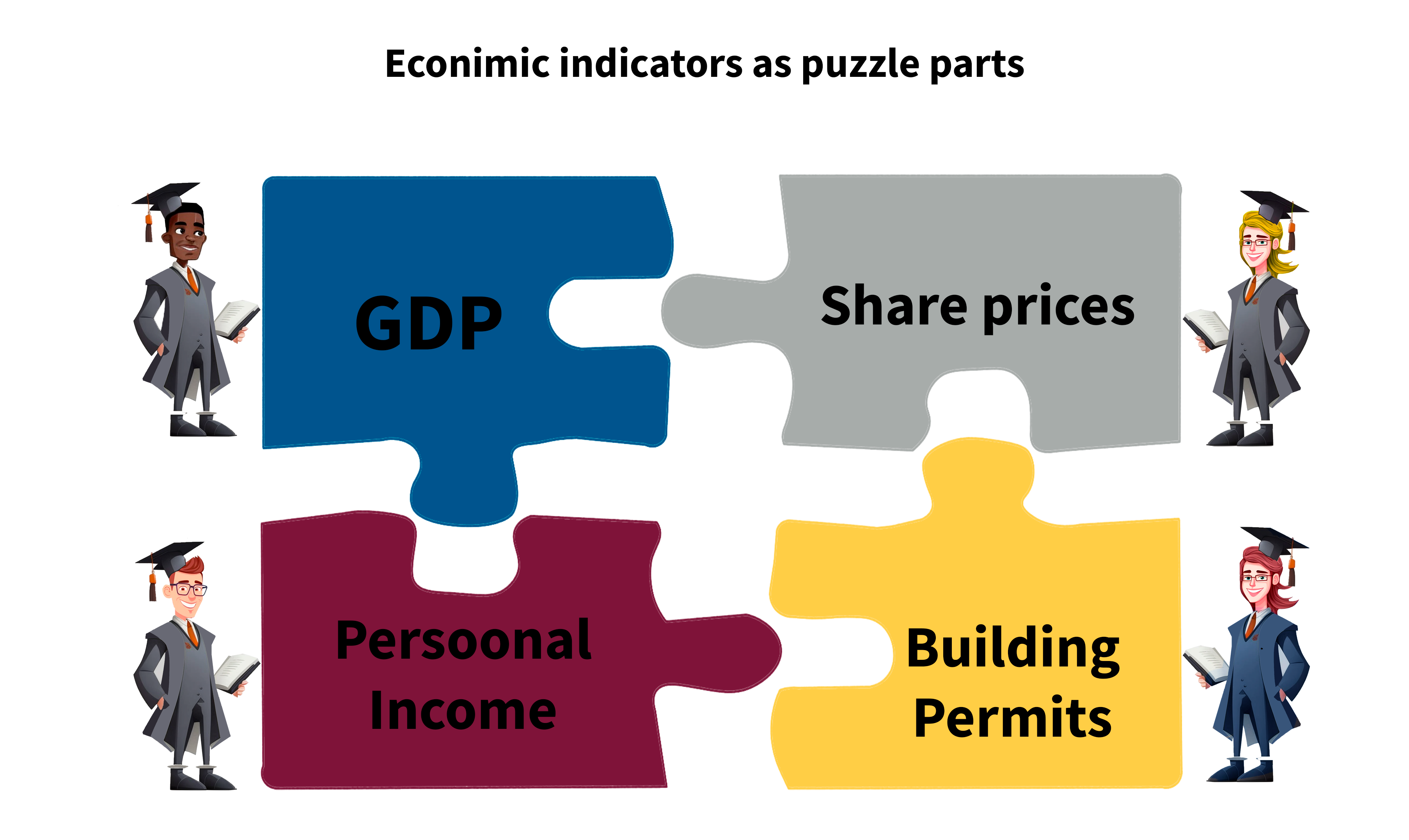
Three broad types of indicators
Leading Indicators
It tends to change before the economy as a whole changes building permits are an excellent example because if you notice that people and companies have less and less of an appetite for building, it's a warning sign that economic activity is slowing down. other examples include share prices net business formations and the money supply.
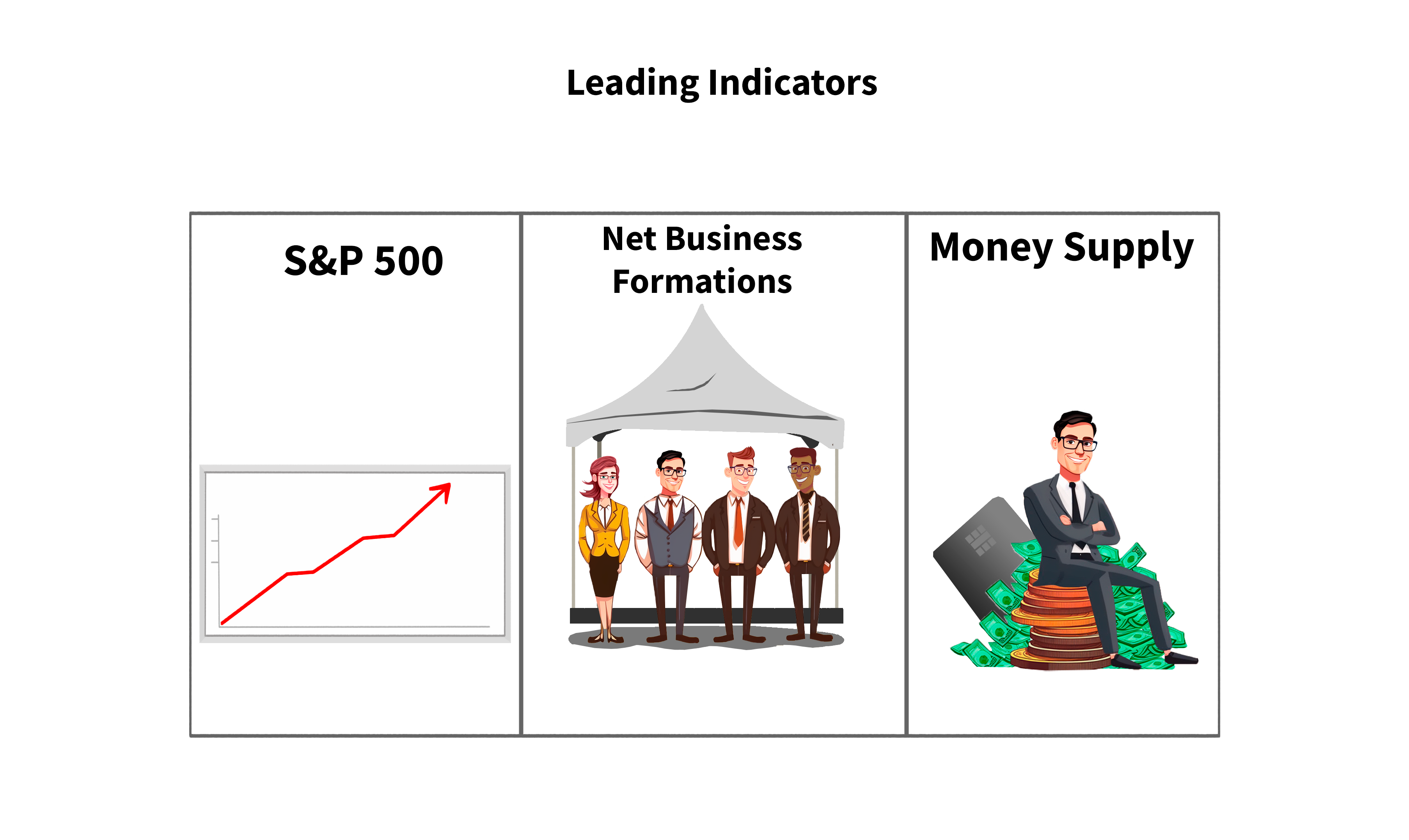
Lagging Indicator
It tends to change after the economy changes the unemployment rate is a decent example. When jobs are scarce, it's clear that's happening because the economy was already going through a rough patch. Other examples include the Consumer Price Index, default rates, and interest rates.
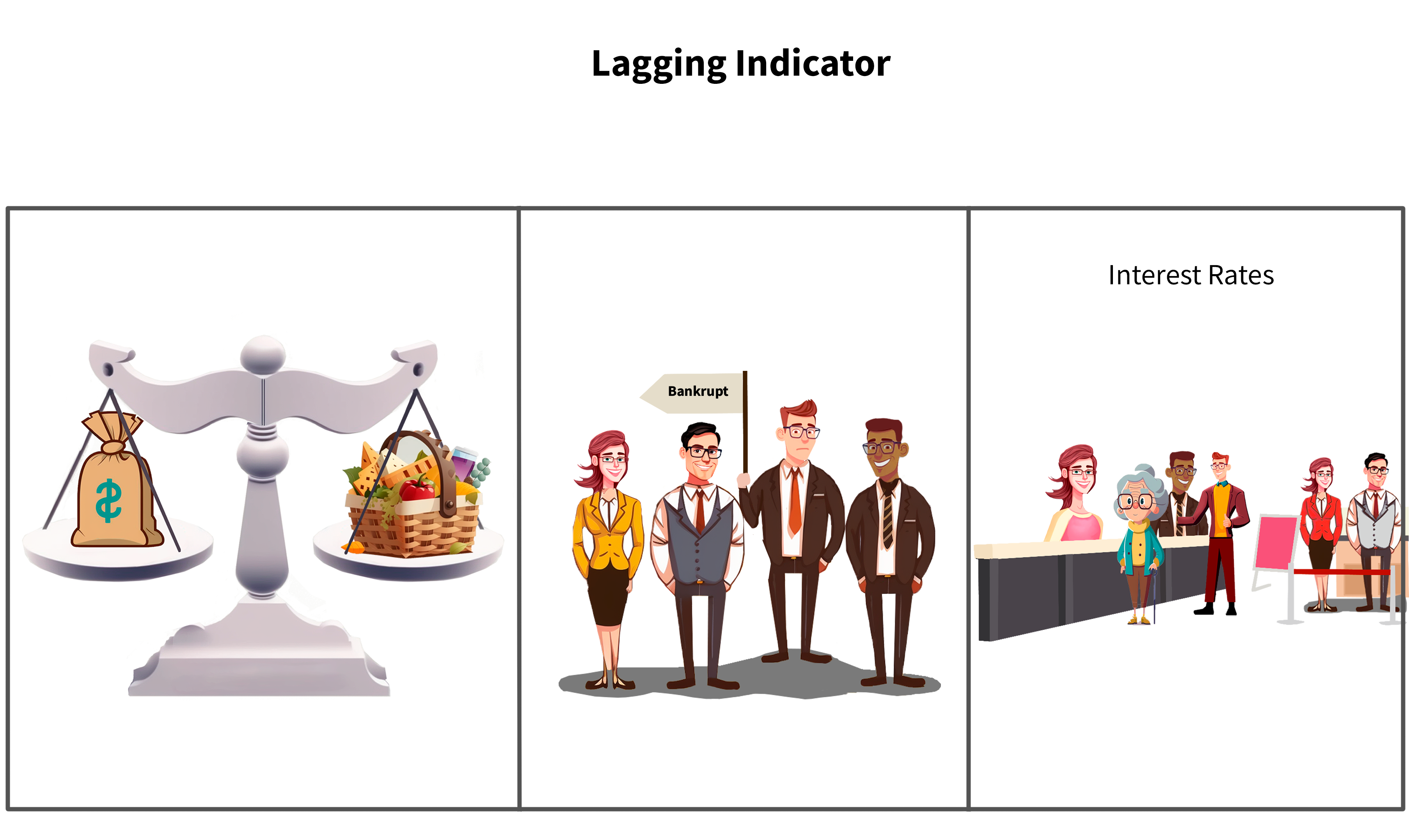
Coincident Indicators
It changes pretty much at the same time as the economy. The GDP is an excellent example if you want to snapshot of the economy. Other examples include non-farm payrolls and personal income.
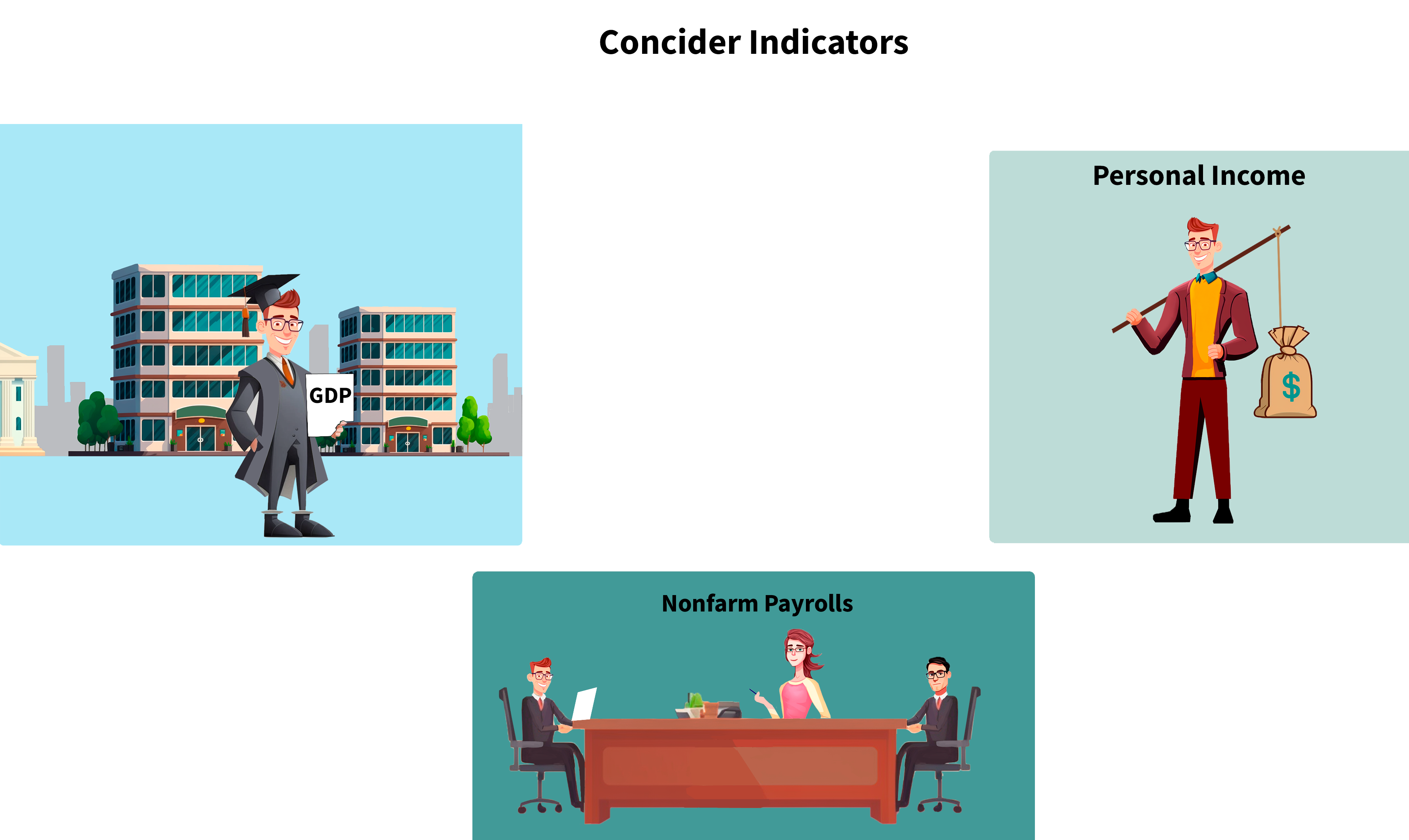
An individual indicator usually doesn't tell you enough on its own and as such conclusion should be drawn after analyzing multiple indicators. For example, if this year's GDP is higher than last year's, but building permits are on a downward slope. You might have valid reasons to worry that economic growth will slow down or that the unemployment rate is currently high. Something like growing net business formation numbers can give you hope and so on.
Key Takeaways:
1. Financial data used to assess current or prospective investment opportunities are known as economic indicators.
2. Building permits, stock prices, and net business formations are examples of leading indicators.
3. The unemployment rate, the Consumer Price Index, and default rates are examples of indicators that track economic changes.
4. Examples of coinciding indicators are GDP, non-farm payrolls, and personal income.
5. Examining various indicators in unison can give a more comprehensive view of the economy.

